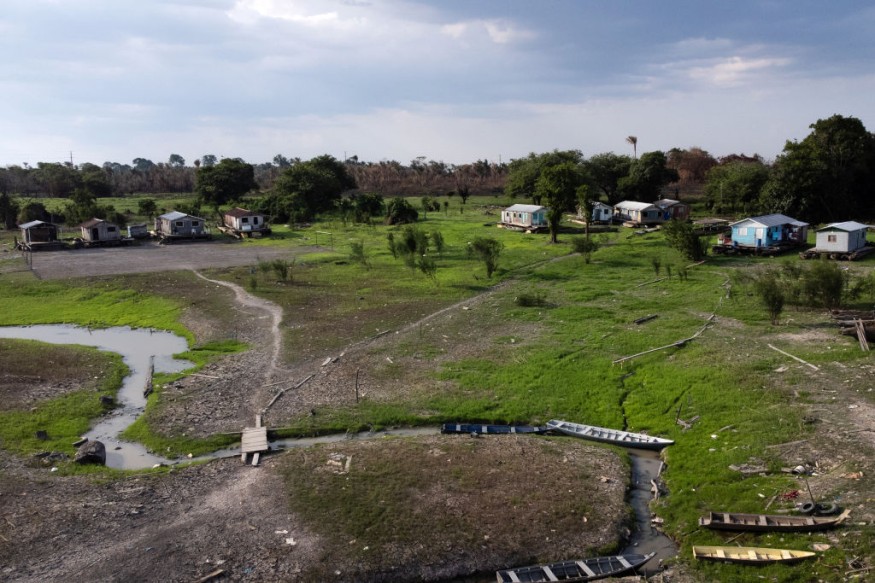
The Amazon rainforest may contain thousands of unknown ancient earthworks. According to a recent study published in Science that combines scan data with archaeological knowledge and statistical methodologies, almost 10,000 undiscovered pre-Columbian remnants could be discovered.
These relics are mostly earthworks, or buildings composed of raised or dug earth.
Earthworks were created by indigenous peoples who lived in the area 500 to 1,500 years ago and have been linked to ceremonial and defensive purposes, and they provide a picture of how ancient settlements would have looked.
Scanning Techniques Revealed Amazonian Earthworks
Many pre-European colonial Amazonian earthworks have been discovered in deforested areas.
However, researchers anticipated that there were even more similar locations that are now almost undetectable, hidden beneath dense forest.
To identify them, scientists examined topographical scans conducted with a remote sensing technique known as light detection and ranging, or lidar.
This aerial technology uses laser pulses to ping the earth, monitoring fluctuations in distances to the ground. When the light bounces back, it is merged with other data to produce 3D maps of the landscape below.
"Lidar is really essential to confirm the presence of the structures, especially beneath the forest," said geographer Vinicius Peripato, a researcher at Brazil's National Institute for Space Research in São Paulo.
The lidar data analysis found 24 previously unknown earthworks in locations distributed across the Amazon basin.
In the south, there was a settlement with a plaza and a fortified village; in the north, there were megalithic buildings; and in the southwest, there were rectangular and circular formations, or geoglyphs.
The lidar area covered only 0.08% of the Amazon rainforest, which covers around 2.6 million square miles (6.7 million square kilometers).
The researchers mapped 937 existing earthworks and instructed the algorithm to highlight additional earthworks that shared similar topographic traits with previously recognized sites.
They restricted the list of potential secret places even further by examining tree survey data from 1,676 forest plots for appearances of any of the 79 species known to have been domesticated and grown by pre-Columbian cultures.
According to the model, there are more than 10,000 earthworks and probably more than 23,000 earthworks lying beneath the Amazon's canopy.
The known sites account for no more than 9% of what may be maintained under the Amazonian rainforest canopy.
Understanding Amazon
The findings have altered the understanding of the Amazon jungle.
Many scientists previously considered that the forest had been unspoiled for ages, but the earthworks indicate human occupancy in the woodland long before Europeans arrived.
Some anthropologists believe that the Amazon was once populated.
"The conclusions are not surprising, but follow a trend in Amazonian studies to increase the scale, density and impact of human occupations on the Amazon forest," said Dr. Michael Heckenberger, a professor of anthropology at the University of Florida.
These findings show that indigenous peoples' cultural history in the Americas and elsewhere is "remarkably dynamic and innovative."
Earthworks research is important not only from a scientific standpoint, but it may also have societal ramifications. Indigenous Amazonians may utilize this research to demonstrate to the Brazilian government that they have been living in the jungle for decades, preserving their land rights.
The discoveries could spark additional archaeological expeditions to previously unexplored areas of the Amazon, expanding "throughout the Amazonia in a wider area."
Related Article : The Amazon Was Once Open Grasslands
Related Video:
© 2025 NatureWorldNews.com All rights reserved. Do not reproduce without permission.





